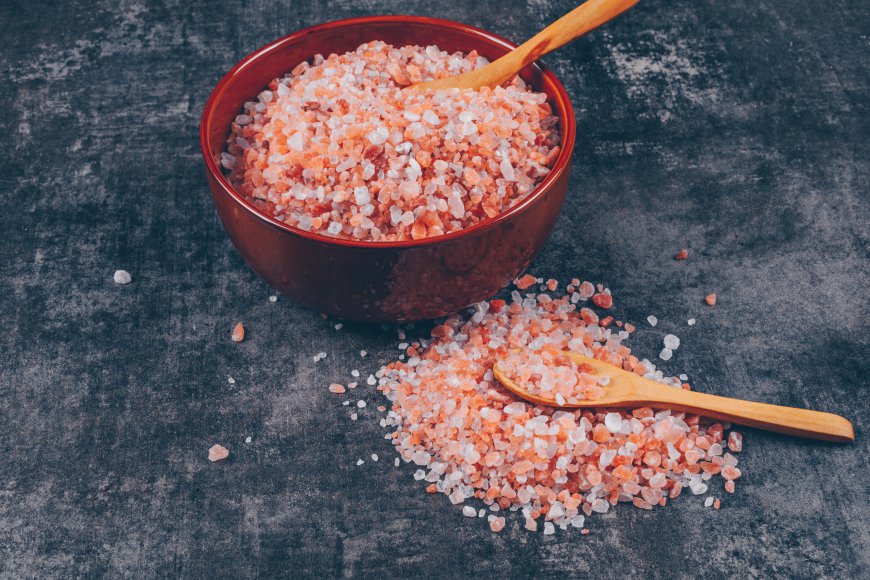salt cooking plate hs code
Understanding the correct HS Code for salt cooking plates is essential for businesses involved in international trade.

Salt cooking plates have gained popularity in kitchens around the world for their unique ability to enhance the flavor of food while offering a natural, non-toxic cooking surface. These plates, often made from Himalayan pink salt, provide a distinct cooking experience that appeals to both home cooks and professional chefs alike. However, when it comes to importing and exporting salt cooking plates, understanding their Harmonized System (HS) Code is crucial for ensuring smooth international trade.
Algohar World natural salt lamps that are believed to provide various benefits, combining both the aesthetic appeal and the potential health advantages associated with Himalayan salt lamps.
Introduction to HS Codes
What Are HS Codes?
HS Codes, or Harmonized System Codes, are standardized numerical codes used globally to classify goods for international trade. The World Customs Organization (WCO) developed the HS system to facilitate trade by ensuring that products are categorized uniformly across different countries. Each HS Code consists of six digits, though countries can add additional digits to further classify products for national purposes.HS Codes are essential for customs authorities, allowing them to identify and regulate imported and exported goods. These codes also determine tariffs, taxes, and import/export restrictions, making it critical for businesses to assign the correct HS Code to their products.
Importance of HS Codes in International Trade
In international trade, correct classification using HS Codes ensures the smooth transit of goods through customs, helps prevent delays, and allows businesses to estimate the correct duties and taxes. Misclassification, on the other hand, can lead to costly fines, delays, or even confiscation of goods.For salt cooking plates, assigning the correct HS Code is especially important because these items fall under a specific category related to minerals and cooking equipment. Using the wrong HS Code could lead to incorrect duties or shipment issues.
HS Code for Salt Cooking Plates
Classification of Salt Cooking Plates
Salt cooking plates, often made from large blocks of Himalayan pink salt, are classified under specific categories in the HS Code system that pertain to salt and mineral-based kitchenware. The key to correctly identifying the HS Code for salt cooking plates is understanding that these products are essentially mineral-based tools designed for cooking and food preparation.
While there may not be a single HS Code that explicitly states “salt cooking plates,” they can be classified under more general categories related to salt products and kitchen equipment.
General HS Code for Salt Products
Salt, in general, is classified under Chapter 25 of the HS Code, which covers salt, sulfur, earths, and stones. The specific code for salt is:
HS Code 2501.00 – Salt (including table salt and denatured salt) and pure sodium chloride, whether or not in aqueous solution or containing added anti-caking or free-flowing agents; seawater.
However, because salt cooking plates are designed for use as kitchenware, additional classifications are needed to reflect their functionality.
Kitchenware and Tableware Classification
Kitchenware, including cookware made from mineral substances, is classified under Chapter 69, which covers ceramic products and other articles for kitchen use. For salt cooking plates, which function as both cooking surfaces and serving platters, the following HS Code can be used:
HS Code 6912.00 – Ceramic tableware, kitchenware, and other household articles.
However, since salt cooking plates are not made of ceramic but are instead mineral-based, further classification adjustments might be necessary.
Note:The salt cooking plate Harmonized System (HS) Code is an essential component of international trade, serving as a standardized method for categorizing and identifying goods.
Best HS Code for Salt Cooking Plates
After analyzing the nature of salt cooking plates, the most appropriate HS Code may fall under stone-based or mineral kitchen products. Therefore, the best HS Code for salt cooking plates would likely be classified as:
HS Code 6815.99 – Articles of stone or other mineral substances, not elsewhere specified or included.
This classification recognizes that salt cooking plates are not standard ceramic or metal kitchenware but instead crafted from mineral substances (Himalayan salt).
Factors Influencing HS Code Classification for Salt Cooking Plates
Material Composition
The material composition of salt cooking plates plays a major role in determining the correct HS Code. Since these plates are made from pure mineral salt, they do not fit into categories reserved for metal or plastic kitchenware. As a result, they are classified under codes that encompass natural minerals, stones, or other mineral substances used for kitchenware.
Intended Use
The intended use of the product also influences its classification. Salt cooking plates are designed for food preparation, cooking, and serving, which means they must be classified under categories relevant to kitchen or dining use. This differs from standard blocks of salt that might be used industrially or for purposes other than cooking.
Conclusion
Understanding the correct HS Code for salt cooking plates is essential for businesses involved in international trade. While these unique products are classified as mineral-based kitchenware, proper classification depends on factors such as material composition and intended use. Using the correct HS Code, such as **6815.99**, ensures smooth customs clearance, accurate tariff calculations, and compliance with trade regulations. Businesses should take care to consult experts, stay updated on regulatory changes, and verify HS Codes in the countries they operate in to avoid delays and penalties. As global trade continues to evolve, staying informed about HS Code updates will be crucial for successful international business operations.

 Tagxa1122
Tagxa1122